10.8 Million UK Superfast Fibre Broadband Lines Predicted for Q4 2016
The latest market forecast from telecoms analyst firm Point Topic has predicted that the UK will be home to a total of 25.9 million broadband ISP lines by the end of 2016 (currently 20,736,500), with 10.8 million coming from superfast “FTTx” (fibre optic) connections (“28 times the total FTTx lines recorded for Q4 2011“).
The UK telecoms regulator, Ofcom, recently confirmed that 63% of UK households now have access to superfast broadband (defined as 24-30Mbps+ by the UK government and EU), which also includes Cable Modem services from Virgin Media. However, actual uptake remains extremely low, with around 5% of UK households being subscribed to related services.
By comparison Point Topic’s forecast is refreshingly optimistic and that’s before you even consider cable connections. BT recently confirmed that its superfast FTTC / FTTP services have now passed 10 million homes and businesses (almost 40% of the country), with 550,000 customers taking the service; +9,000 from TalkTalk. Elsewhere some 20% of Virgin’s cable broadband base (850,000), which covers roughly half of the country, take its 30Mbps+ packages.
Point Topic research indicates that the country’s alternative network operators (altnets), such as Rutland Telecom, LNcomms and B4RN, have also increased their residential customer base by 85% since mid-2011 and had around 8,400 fibre-based superfast end user connections at the end of 2011.
Advertisement
Point Topics Statement
As BT and Virgin Media build scale in premises passed and end users signed to their superfast broadband services some of the UK’s alternative network operators are beginning to find their niche. Clearly not all altnets will be successful and questions remain concerning the long-term viability of alternative network operators as significant players in the country’s superfast broadband future. Nevertheless there are circumstances in which their varied and localised approaches look set to bring superfast broadband to individual communities that have often been struggling with access to even the most basic of broadband services.
Happily the coverage of superfast broadband, especially FTTx services, should continue to improve and the UK government hopes that 90% will be within reach of such a connection by 2015. As coverage improves then so too will uptake, while growing competition and new innovations (e.g. self-installs) should also help to make the prices more attractive.
Mark is a professional technology writer, IT consultant and computer engineer from Dorset (England), he also founded ISPreview in 1999 and enjoys analysing the latest telecoms and broadband developments. Find me on X (Twitter), Mastodon, Facebook, BlueSky, Threads.net and Linkedin.
« ORG Hit by Mass of New Reports for Wrongly Blocked Sites on Mobile Networks

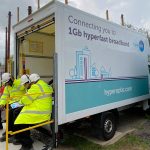

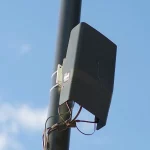


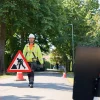

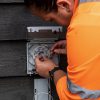

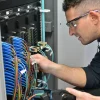






































Comments are closed